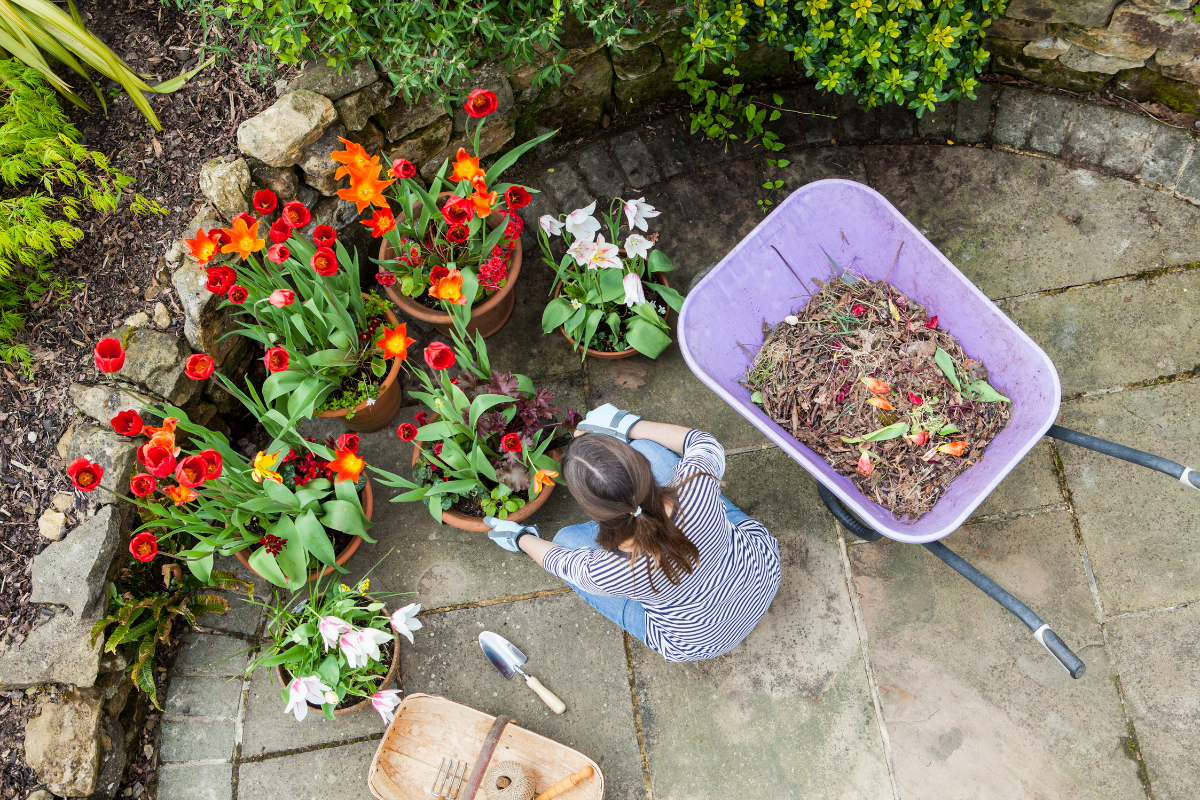There’s a sense of deep pride that comes with being a homeowner. But with that satisfaction comes its share of weekend home improvement projects and upkeep, too.
Winter is usually rough on your home. Once snow, ice, wind and freezing temperatures calm down, spring is a good time to check how your home withstood the season. When spring arrives, here’s a list of projects to help your home recover from winter.
Spring Home Maintenance Checklist
- Have your roof inspected. This is especially important if you notice any leaks or loose shingles or metal. The freezing and thawing that was so common this past winter can create big splits out of small cracks.
- Fix any ceiling stains. Your ceiling may have a yellow or brown stain if your roof has a leak. If so, first fix the leak before sealing the stain with a sealer/primer then apply a coat or two of paint. Moisture problems can lead to mold or mildew build-up, so fix them quickly before you have a bigger problem on your hands.
- Inspect windows and doors. Things to look for on doors include bent or broken hinges, frames or edges. Depending on the extent of the damage, you can either repair or replace the door. Also, check screens for holes before you swap out your storm panels.
- Consider resealing your driveway. A lot of water seeps into driveways during the winter, which can create cracks when it freezes then thaws. If you notice a lot of cracks, consider having it resealed to prevent further cracking.
- Check your fence(s). Repair or replace any loose slats or rot on your fences. Use epoxy to patch up any worn wood. Use these tips for larger fence renovations.
- Clean gutters and downspouts. Leaves can weigh things down while ice dams can bend and break gutters. Grab a pair of gloves, a sturdy ladder and a trowel to clear any leaves and debris out. Call a professional if you’re not comfortable doing this on your own.
Spring Yard Maintenance Checklist
Your yard goes dormant throughout the winter, and the cold temperatures can seriously wear it down. Help your yard recover from winter with these tips.
- Check for damaged patches of lawn. Salt, plows and disease can do a number on your grass, so use a metal rake to remove any dead or damaged patches.
- Don’t mow too early. Grass needs a chance to reestablish itself, so let it grow reasonably tall before mowing. For the first mow, use the high setting to keep the grass strong. Be sure to take a walk through your lawn beforehand as well, and clean up any branches or debris that blew into your yard during the winter storms.
- Overseed your lawn. Overseeding is the process of planting grass seeds directly into the existing turf. This leads to denser grass with more color variation. Though best done in the fall, you can still get great results by overseeding in the spring. Slit-seeder machines can do the work for you; ask a home supply store specialist for help choosing one.
- Clean up the area around plants. Rake up any leaves, uproot any dead annuals and remove existing mulch a little at a time as the temperatures warm. (Wait until the soil warms up in mid- to late-spring before applying a new layer of mulch. If you put it down too early, it will slow the warming process.) While in your garden, cut back flowering perennials to a height of four or five inches to allow space for new growth.
- Restore your walkway. Rake any errant gravel back into place. If you have flagstones, fill new sand or stone dust into the cracks.
